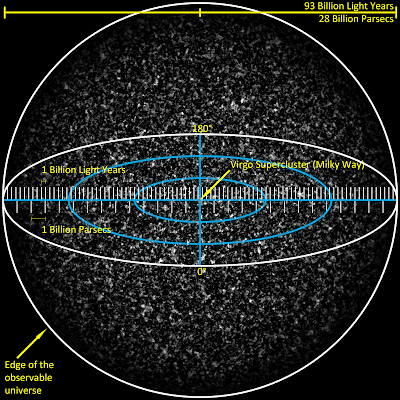>>> import math
>>> def grav_poten_energy(m1,m2,r):
constant = 6.672e-11
form = -((constant*m1*m2)/r)
return form
>>> def kinetic_energy(m, v):
form = (1/2)*m*v**2
return form
>>> def angular_momentum(m, v, R):
return m*v*R
>>> def momentum(m, v):
return m*v
>>> def centripetal_acceleration(v, R):
return (v**2/R)
>>> def gravity(G, m, r):
g = 6.672e-11
if G != g:
return None
form = (G*m)/r**2
return form
>>> def gravity_two_object(G, m1, m2, r):
g = 6.672e-11
if G != g:
return None
form = (G*m1*m2)/r**2
return form
>>> def Kepler_third_law2(K, R):
form=(4*math.pi**2)/(K*R)
return form
>>> def Kepler_third_law(K, a):
form = math.sqrt(K*a**3)
return form
>>> def synodic_period(period1, period2):
form1 = (period1*period2)/(period2-period2)
return form1
>>> def resolution(arcsec, distance):
degree = arcsec/3600
form2 = (math.pi/180) * distance
return degree*form2
>>> def alt(zen):
form = 90 - zen
return form
>>> def zenith(lat, dec):
return lat - dec
>>> def distance(a,r):
form1 = a/57.3
main = form1 * r
return main
>>> def flux(sigma, T):
return sigma*T**4
>>> def luminosity(R, F):
return 4*math.pi*R**2*F
>>> def doppler_effect(v, c, lambda0):
return lambda0*(1-(v/c))





 this is our Formula
this is our Formula